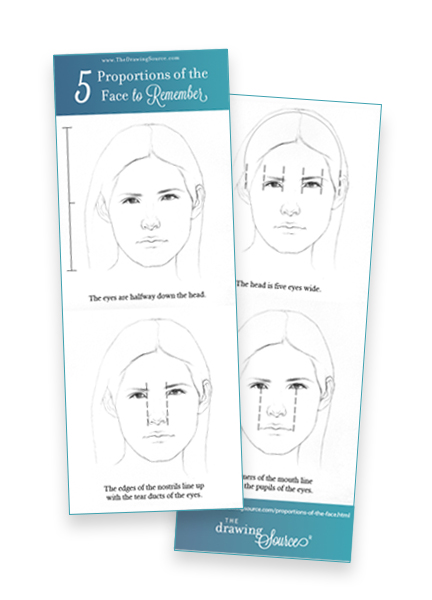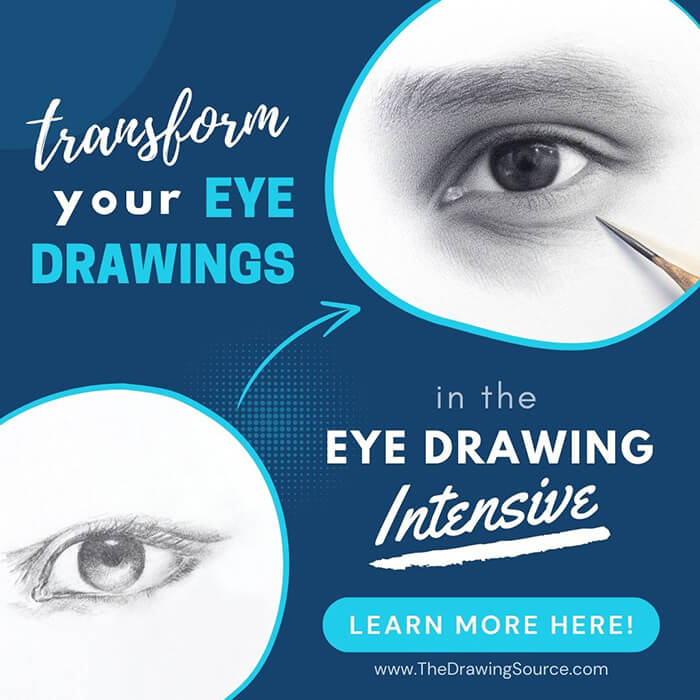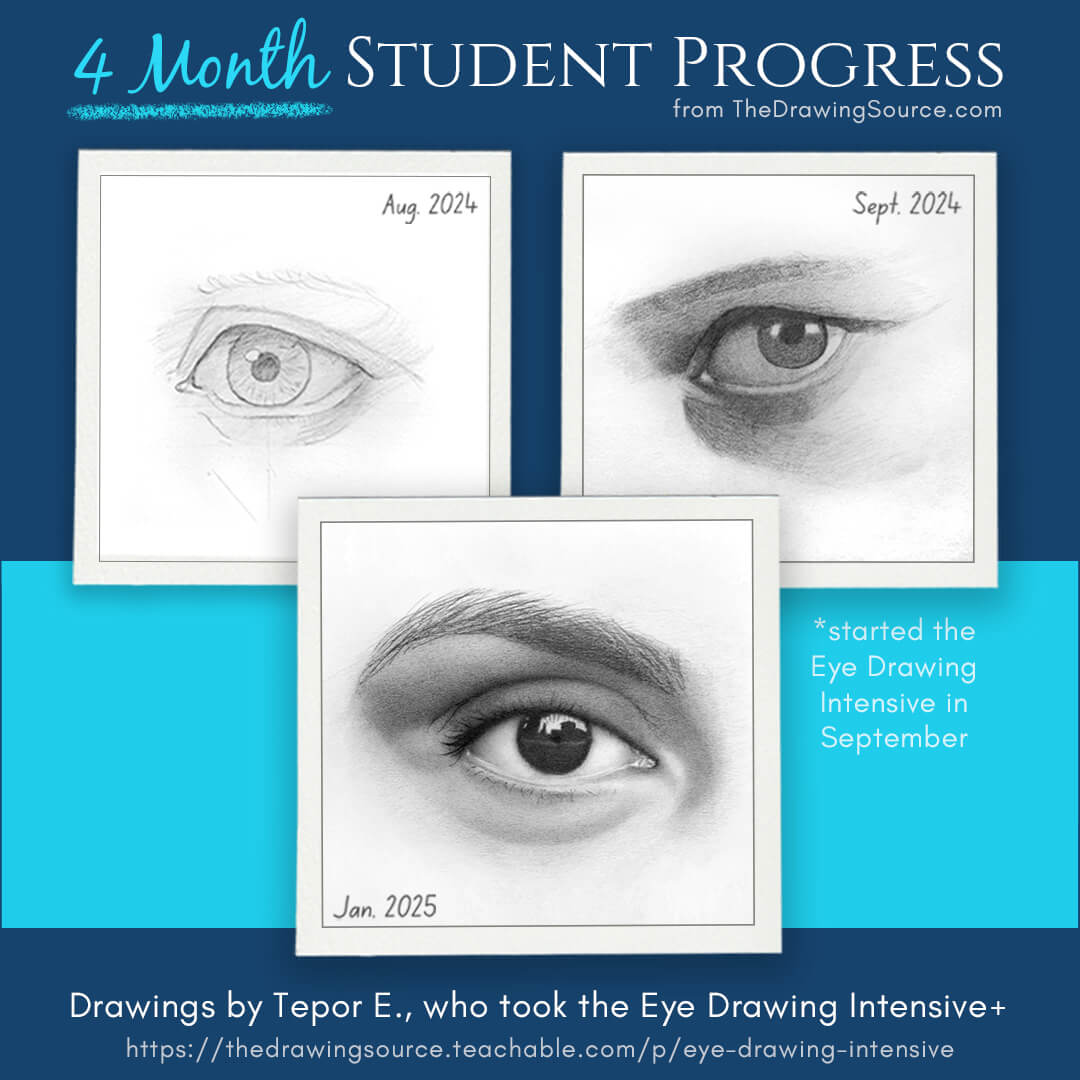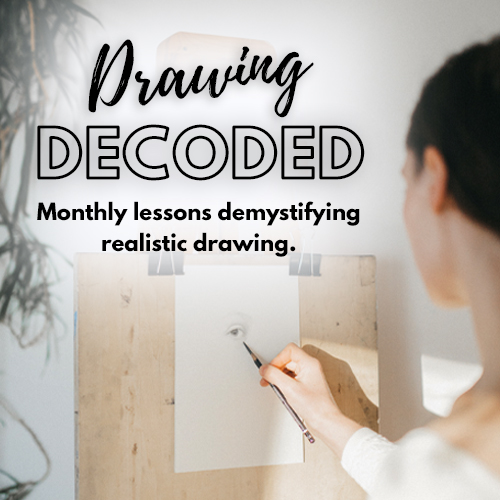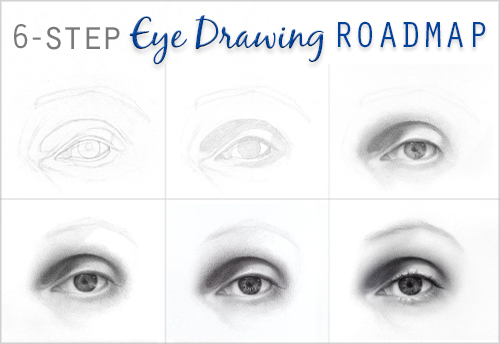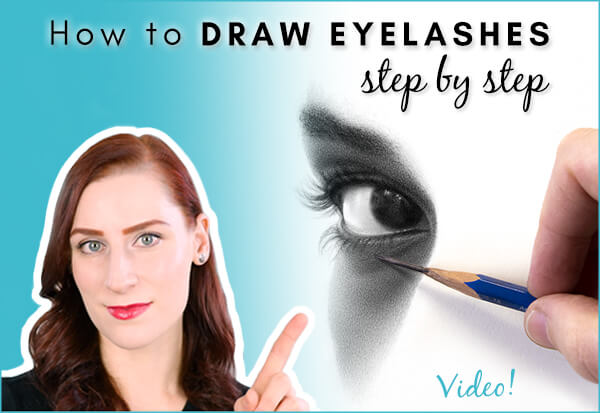- Home
- Portrait Drawing
- Proportions of the Face
5 Proportions of the Face
to Use During Your Next Portrait Drawing
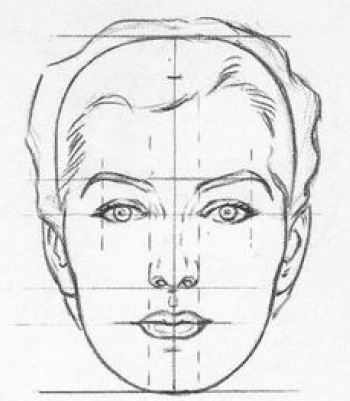 Drawing by Andrew Loomis
Drawing by Andrew LoomisDo you find yourself searching for correct
proportions of the face, wondering how on earth to find the line of the
eyebrows? Where the bottom of the nose is? The placement of the eyes? There are so many elements to pay attention to when drawing a portrait
that it is incredibly easy to become overwhelmed and, ultimately, stuck.
The unique proportions that make everyone look distinctly like themselves present quite the challenge when we are drawing!
These individual characteristics can
become less complicated when we tie them into a basic structure and
simplify with a few guidelines. Here are five proportions of the face
that can be easily memorized and used as reference points during the block-in of your next portrait drawing.
Free Downloadable Infographic:
Use the infographic below as a reminder of the proportions of the face during your next portrait drawing!
5 Proportions of the Face to Know
Proportion #1: The eyes are halfway down the head.
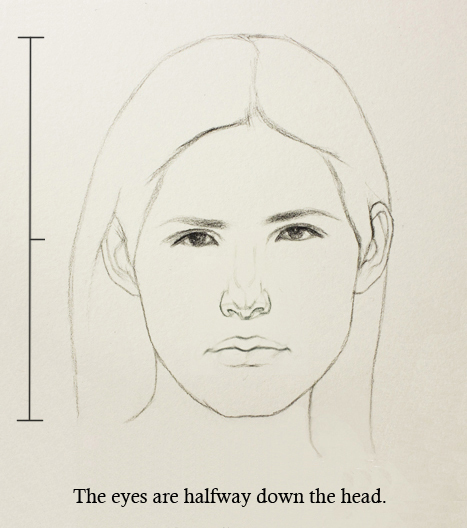
Surprised? I still remember being
surprised the first time this was pointed out to me! Once I became aware
of this proportion, it seemed like such an obvious measurement to notice.
This is a perfect example of how easy it is for these so-called "more obvious"
elements to become lost in the complexities of the face. The good news is
that once you see them, it's difficult to remember a time when you
couldn't!
Every time you learn an element of head construction, it will be that
much easier to notice it the next time you observe your subject.
Proportion #2: The edges of the nostrils line up with the tear ducts or inner corners of the eyes.
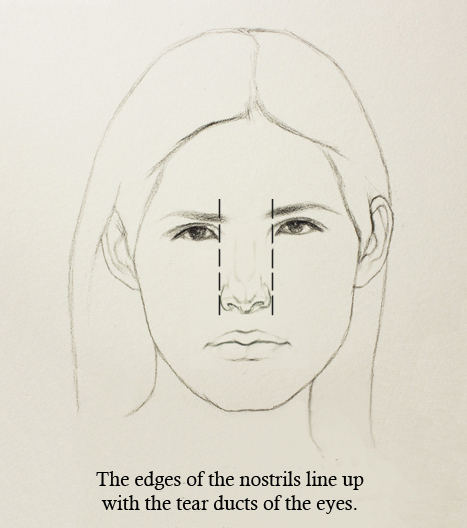
Proportion #3: The space between the eyes is approximately the width of an eye.
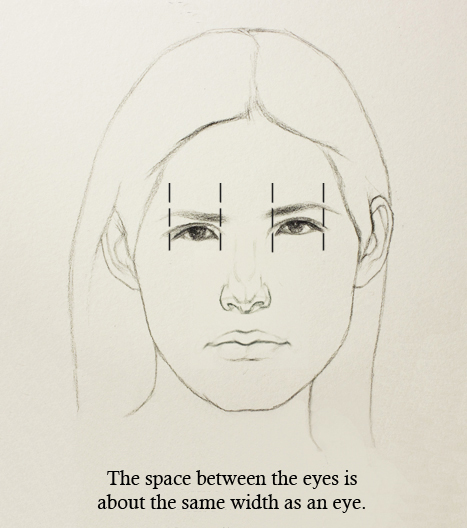
Speaking of eyes, don't miss these free eye drawing resources:
- How to Draw Realistic Eyes
- Video Series: Most Common Eye Drawing Mistakes (and how to avoid them!)
- How to Draw Convincing Eyebrows
Proportion #4: The head is about five eyes wide.
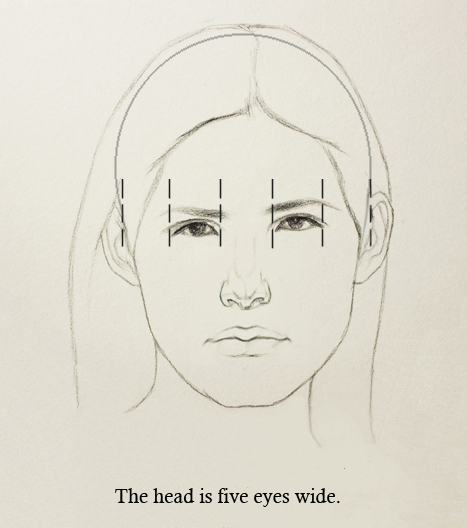
This one can be tricky because the shape of the
head is often obscured by hair. Visualizing a "headband" similar to the
one drawn in the above image can be helpful in finding the shape of the
head.
Proportion #5: The corners of the mouth line up with the pupils of the eyes.
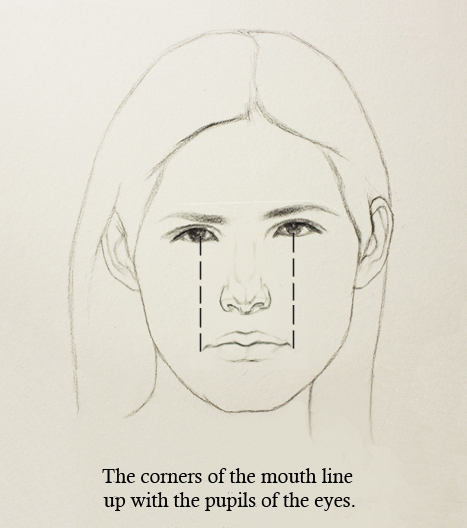
Related tutorials:
How to Use These Proportions of the Face
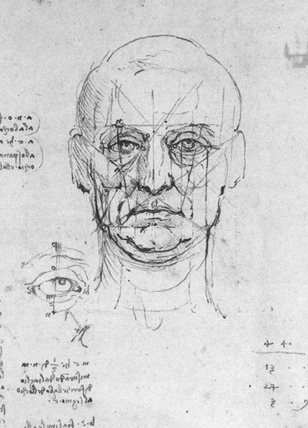 Sketch by Leonardo da Vinci
Sketch by Leonardo da VinciWhile these proportions will often be accurate, there is too much variation in faces to accept any one proportion as a rule. Even in the above examples the proportions didn't work perfectly!
We also would not want to rely so much on our knowledge of proportions that we become lazy in our observation of the model.
These measurements are best used as points of reference to compare to your model. For example, if you know that the space between the eyes is usually one eye-width, ask yourself: "Is this true on my model?" instead of assuming that it is.
Whether or not the proportions turn out to match those on your model, the attention you pay to them will lead to the
same desired result: a more accurate drawing. These measurements are also very useful
to know in order to draw portraits from memory or imagination.
Free Downloadable Infographic:
For more portrait drawing tutorials and resources, visit this page!
If you enjoyed this page on the proportions of the face, you may also be interested in ...
Related Pages
Video Series: Most Common Eye Drawing Mistakes (and how to fix them!)
How to Start a Portrait Drawing
How to Shade a Portrait Drawing
How to Draw an Ear on Toned Paper
